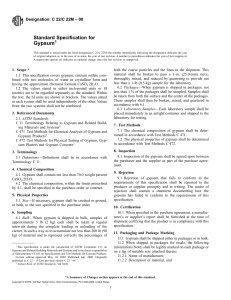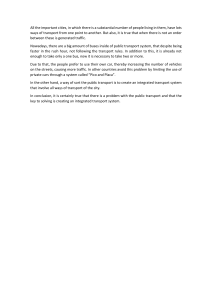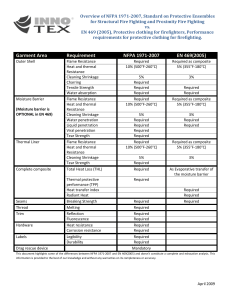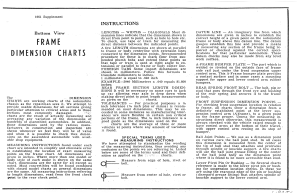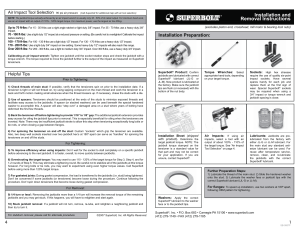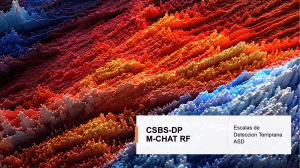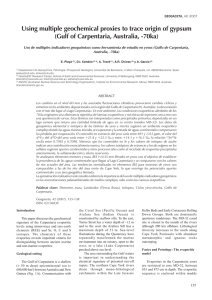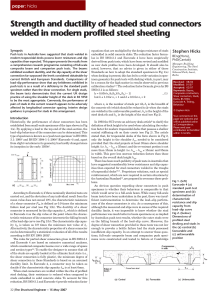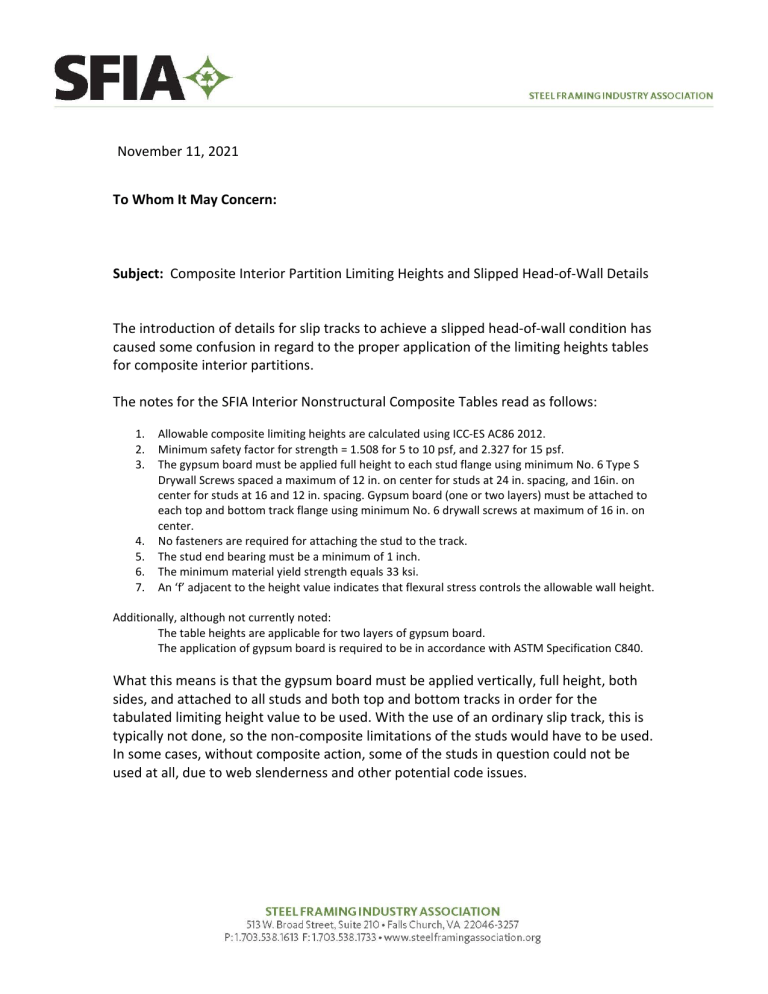
November 11, 2021 To Whom It May Concern: Subject: Composite Interior Partition Limiting Heights and Slipped Head-of-Wall Details The introduction of details for slip tracks to achieve a slipped head-of-wall condition has caused some confusion in regard to the proper application of the limiting heights tables for composite interior partitions. The notes for the SFIA Interior Nonstructural Composite Tables read as follows: 1. 2. 3. 4. 5. 6. 7. Allowable composite limiting heights are calculated using ICC-ES AC86 2012. Minimum safety factor for strength = 1.508 for 5 to 10 psf, and 2.327 for 15 psf. The gypsum board must be applied full height to each stud flange using minimum No. 6 Type S Drywall Screws spaced a maximum of 12 in. on center for studs at 24 in. spacing, and 16in. on center for studs at 16 and 12 in. spacing. Gypsum board (one or two layers) must be attached to each top and bottom track flange using minimum No. 6 drywall screws at maximum of 16 in. on center. No fasteners are required for attaching the stud to the track. The stud end bearing must be a minimum of 1 inch. The minimum material yield strength equals 33 ksi. An ‘f’ adjacent to the height value indicates that flexural stress controls the allowable wall height. Additionally, although not currently noted: The table heights are applicable for two layers of gypsum board. The application of gypsum board is required to be in accordance with ASTM Specification C840. What this means is that the gypsum board must be applied vertically, full height, both sides, and attached to all studs and both top and bottom tracks in order for the tabulated limiting height value to be used. With the use of an ordinary slip track, this is typically not done, so the non-composite limitations of the studs would have to be used. In some cases, without composite action, some of the studs in question could not be used at all, due to web slenderness and other potential code issues. While the SFIA tables apply to typical generic NS or drywall stud framing, these requirements apply to proprietary or EQ studs as well, since the testing requirements are the same for each. Some of the noted reference standards have changed, but the requirements remain the same, and the tables are still all in effect. As it can be seen, careful attention should be paid when determining the correct framing members and details – for both structural and non-structural applications. Sincerely: Patrick W. Ford, P.E., S.E. Technical Director, SFIA For more information: mailto:[email protected]
